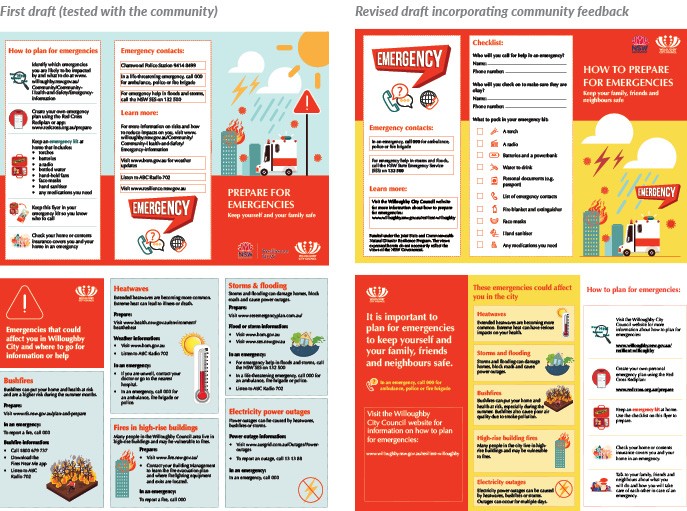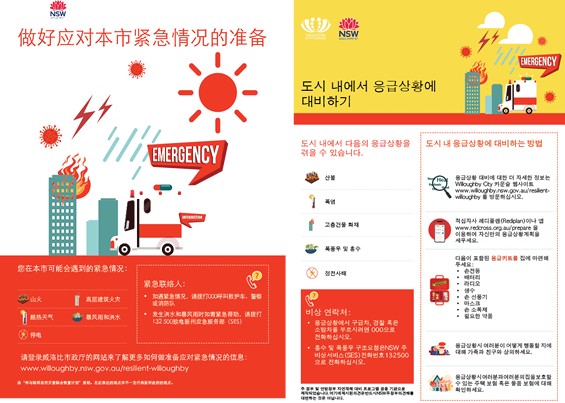Article
by Jen Juice
September, 2021
I watched with exasperation as those communications, particularly at the start of this outbreak, missed their marks and resulted in confusion, misunderstanding, division, fear and, ultimately, anger. I have felt a breakdown in social cohesion in my local area from this, which has affected how well we can get through this together as a community.
“Mistrust of the benefits of Western medicine and treatments is real, especially where health professionals have not built a positive relationship with our communities. As a community we rely heavily on traditional medicines and may not seek Western medical treatment. Our traditional ways have been seen as outdated and irrelevant, rather than as part of the solution. Our connection to church-based faiths and activities that underpin much of our social interactions and sense of community are not effectively engaged with.” – Sydney Morning Herald
As someone living in one of the early-identified areas of concern, and an area with incredible cultural diversity, me and my community were being targeted with desperate flurries of messaging from the NSW Government via our social media feeds.
“…what was needed was a measured response in line with consultation with local community leaders to ensure that government-led measures were adapted and adopted, not rejected by the locals.” – ABC news online
The Covid messaging was (and still is!) even confusing to me. I have had to do a lot of extra online research and spend time on the phone to try to understand some of the questions that were affecting me and my family during this time – questions that I am sure are not all that unusual for any family, regardless of their background:
‘Where can I go? Can I meet a friend for a walk along my LGA border?’
‘Can my husband go to work? Or pick up work items?’
‘How can he access a business grant to help pay his business rent while he can’t work?’
‘How do I get a vaccination as quickly as possible?’
‘How do I reschedule a vaccination because I have to wait for test results?’
‘After being a casual contact, do I have to isolate now?
Do all my family need to be tested and isolate too?
What about my kids’ father, who they live with half the time? And his other child? And his other child’s mother?’
‘What will happen to my daughter doing the HSC? How do we register her for a vaccination? Will they do HSC trial exams?’ And then, as time went on, ‘Will they do HSC proper exams?’




